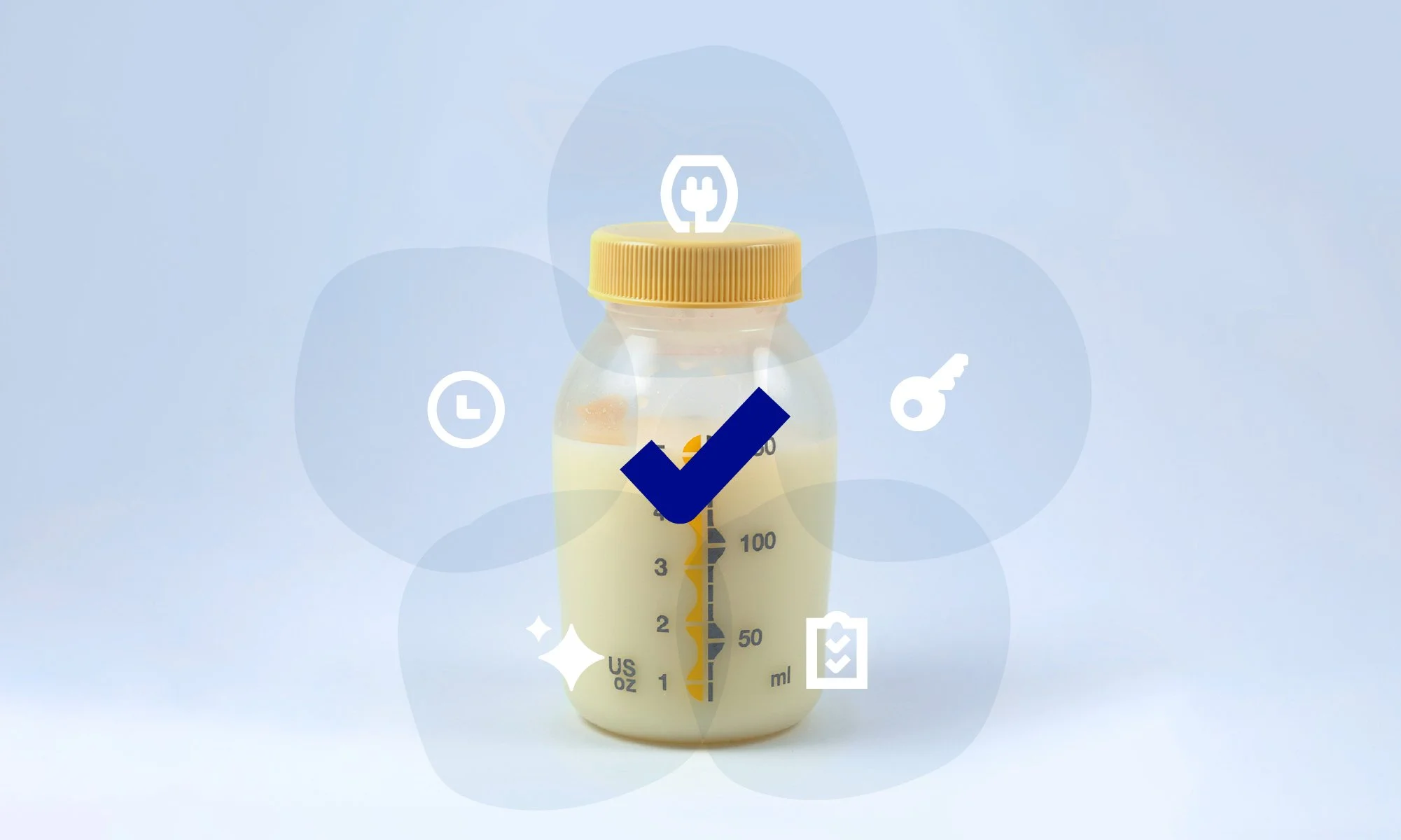Pumping at Work Laws: Essential Facts for Employers & Employees
Supporting breastfeeding employees at work is the right thing for employers to do—and it’s (often!) the law. There is a federal law, as well as many state laws, that mandate workplace lactation accommodations. (And employers are obligated to follow the law that offers the most protection.) But the laws can be confusing. Whether you’re an employer looking to understand your responsibilities or an employee learning your rights, here’s a breakdown of lactation accommodation laws that protect breastfeeding people in the workplace.
What federal law protects pumping at work for breastfeeding employees?
Thanks to a 2022 amendment to the Fair Labor Standards Act (FLSA), almost all breastfeeding employees are now protected by the PUMP for Nursing Mothers Act. The PUMP Act requires employers with 50 or more employees to provide “reasonable break time” and a private lactation space that’s not a bathroom. The law is intentionally vague about both the time and space requirements to allow for differences in biology (some people need to pump for 15 minutes, others might need 40 minutes) and workplace environments. (Learn more about the FLSA!)
Who is covered by the federal law that protects pumping at work?
The federal FLSA’s PUMP Act protects (almost!) all breastfeeding employees. (Airline pilots and flight attendants are not covered by this law.) Many states, however, have workplace laws that exceed the federal protections by lowering the threshold for employer exemption, extending protections beyond one year, stipulating requirements for lactation spaces (e.g. electrical outlets), and/or mandating protections for specific populations other than employees (e.g. students). (Check out your state’s workplace lactation accommodation laws.)
What do workplace lactation accommodation laws require?
Workplace lactation accommodation laws—from federal to state—generally stipulate three primary protections for pumping at work: reasonable break time, a private lactation space that isn’t a bathroom, and one year of workplace protections following the birth of a child. (Some states, like Maine, extend workplace protections for up to three years.)
What kind of lactation space is required for pumping at work?
To be in compliance with workplace lactation accommodation laws, employers must provide a private space where breastfeeding employees can pump breast milk at work. The space must not be a bathroom and must be “free from intrusion and view.” The majority of lactation accommodation laws don’t stipulate any lactation space requirements beyond privacy and that the space isn’t a bathroom, but many states (like California) require that spaces be free of hazardous materials and close to a sink. To truly support breastfeeding employees, consider a lactation space that is comfortable (with a place to sit down), has multiple outlets (to plug in a breast pump and other devices), provides acoustic privacy, and is easily accessed by employees when and where they need it.
What is gold-standard workplace support for breastfeeding employees?
Break time and a clean and comfortable lactation space are both necessary elements to creating a workplace environment that supports breastfeeding employees. But they’re just the beginning. Beyond these two basics, employers can write up a clear lactation policy and help normalize pumping at work by broadcasting these policies to foster a work culture that’s truly parent-friendly. Employers or employees can also initiate an employee resource group dedicated to breastfeeding parents. Not only can such groups help improve infrastructure support, they can also be important spaces for mentoring as new parents transition back to work.
Mamava designs solutions to empower breastfeeding and pumping parents on the go, like our freestanding lactation pods, Mamava’s lactation space locator app, and other helpful resources.








